Crown Rot On African Violets: Learn About African Violet Crown Rot Treatment
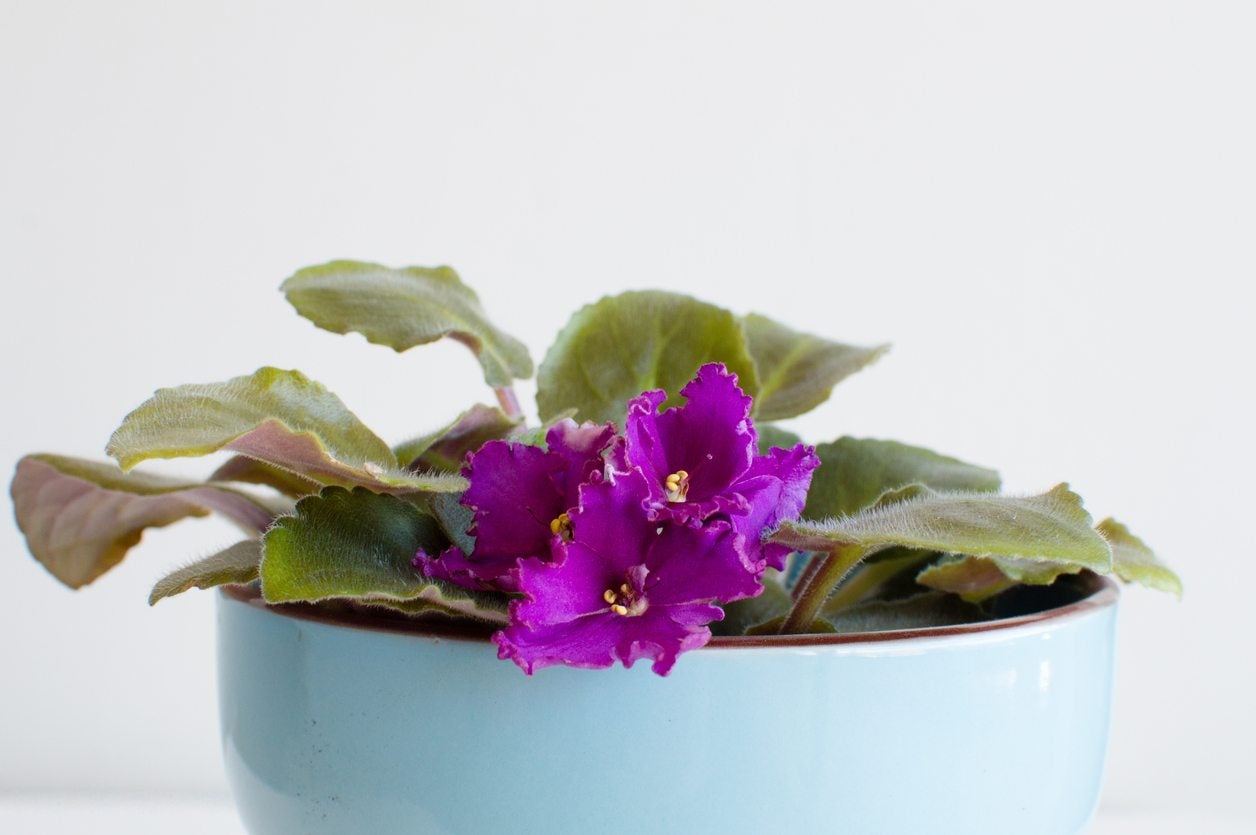

African violets are very popular flowering plants. Small, easy to care for, and attractive, they’re often grown as houseplants. The watering needs of houseplants can be tricky, however, and inadequate watering can lead to serious problems. One very common problem is crown rot. Keep reading to learn more about how to spot crown rot in African violets and African violet crown rot treatment.
Crown Rot in African Violets
Also frequently known as root rot, crown rot develops when an African violet’s growing medium is too wet. There’s more at work than decomposition, however. Crown rot is a disease, and the disease is caused by a fungus called Pythium ultimum. The fungus thrives in wet conditions, spreading through the growing medium and feeding on the plant’s roots and crown. If the fungus spreads too far (and the wetter it is, the quicker it spreads), it will kill the plant.
Controlling African Violet Crown Rot
Crown rot on African violet plants is evident in roots that become dark and soft. Unfortunately, the roots are hidden underground, so you won’t be able to notice this telltale symptom. Even more unfortunate, the most obvious above ground sign of African violet crown rot is leaves that wither, turn yellow, and eventually fall off. This is unfortunate because it’s basically indistinguishable from the sign of an African violet that’s not getting enough water. Many African violet owners misread these symptoms and wind up overwatering a plant that’s already suffering from too much water. The best way to avoid this is to pay attention to soil moisture. Don’t let the soil dry out completely, but let it become dry to the touch between waterings. The best method for controlling African violet crown rot is prevention-- always let the soil dry to the touch between waterings. Since there really isn’t an effective African violet crown rot treatment, if your plant is already infected, dispose of it and its growing medium, and sterilize its pot before using it again.
Gardening tips, videos, info and more delivered right to your inbox!
Sign up for the Gardening Know How newsletter today and receive a free copy of our e-book "How to Grow Delicious Tomatoes".

The only child of a horticulturist and an English teacher, Liz Baessler was destined to become a gardening editor. She has been with Gardening Know how since 2015, and a Senior Editor since 2020. She holds a BA in English from Brandeis University and an MA in English from the University of Geneva, Switzerland. After years of gardening in containers and community garden plots, she finally has a backyard of her own, which she is systematically filling with vegetables and flowers.
-
 Grow ‘Karl Rosenfield’ Peony Plants For The Ultimate Frilly Border Beauties And Cut Flowers
Grow ‘Karl Rosenfield’ Peony Plants For The Ultimate Frilly Border Beauties And Cut FlowersFor frilly double magenta peony petals infused with a heady fragrance, grow ‘Karl Rosenfield’ peony plants. Here’s how to cultivate the ultimate plushy blooms
By Tonya Barnett
-
 10 Common Composting Problems That Can Spoil Your Garden Gold – Plus Easy Fixes
10 Common Composting Problems That Can Spoil Your Garden Gold – Plus Easy FixesLearn how to troubleshoot common composting issues before they ruin your stash – from bad smells and bugs to materials not breaking down as they should.
By Susan Albert
-
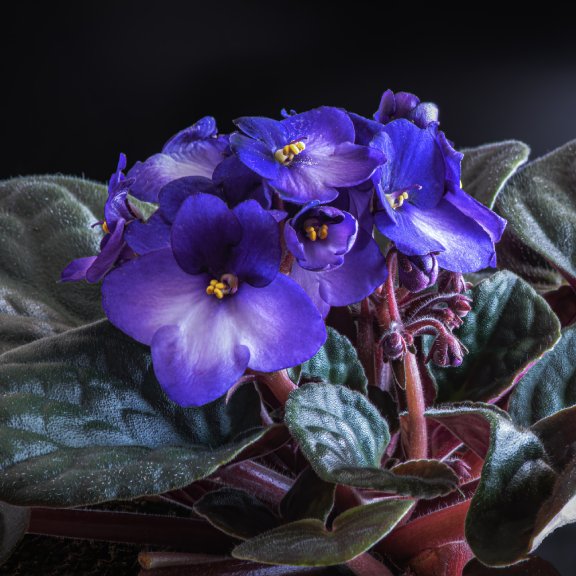 African Violets: Complete Care And Growing Guide
African Violets: Complete Care And Growing GuideFor people who love these sweet plants, African violet care is easy and fun. Knowing what they need is the key.
By Mary Ellen Ellis
-
 What Are Episcia Plants – Learn About Caring For Episcia Varieties
What Are Episcia Plants – Learn About Caring For Episcia VarietiesGrowing Episcia plants adds eye catching appeal to household décor. These colorful houseplants can test the hand of the most experienced green thumb.
By Laura Miller
-
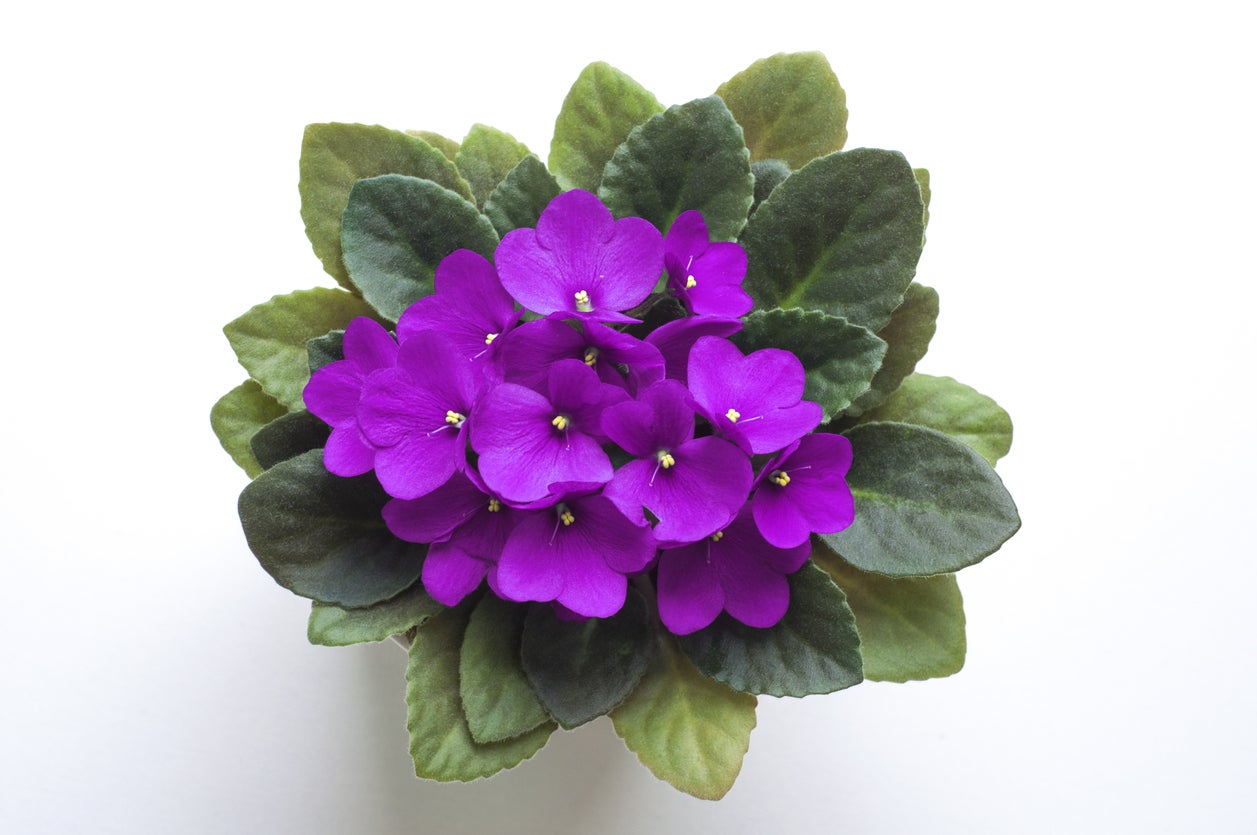 African Violet Flowering Needs: Tips For Getting African Violets To Bloom
African Violet Flowering Needs: Tips For Getting African Violets To BloomMost African violets are sold when flowering. After that, people can have trouble getting them to bloom. What should you do if your African violate won’t flower? Click here for info on African violet flowering needs and tips on how to make African violets bloom again.
By Teo Spengler
-
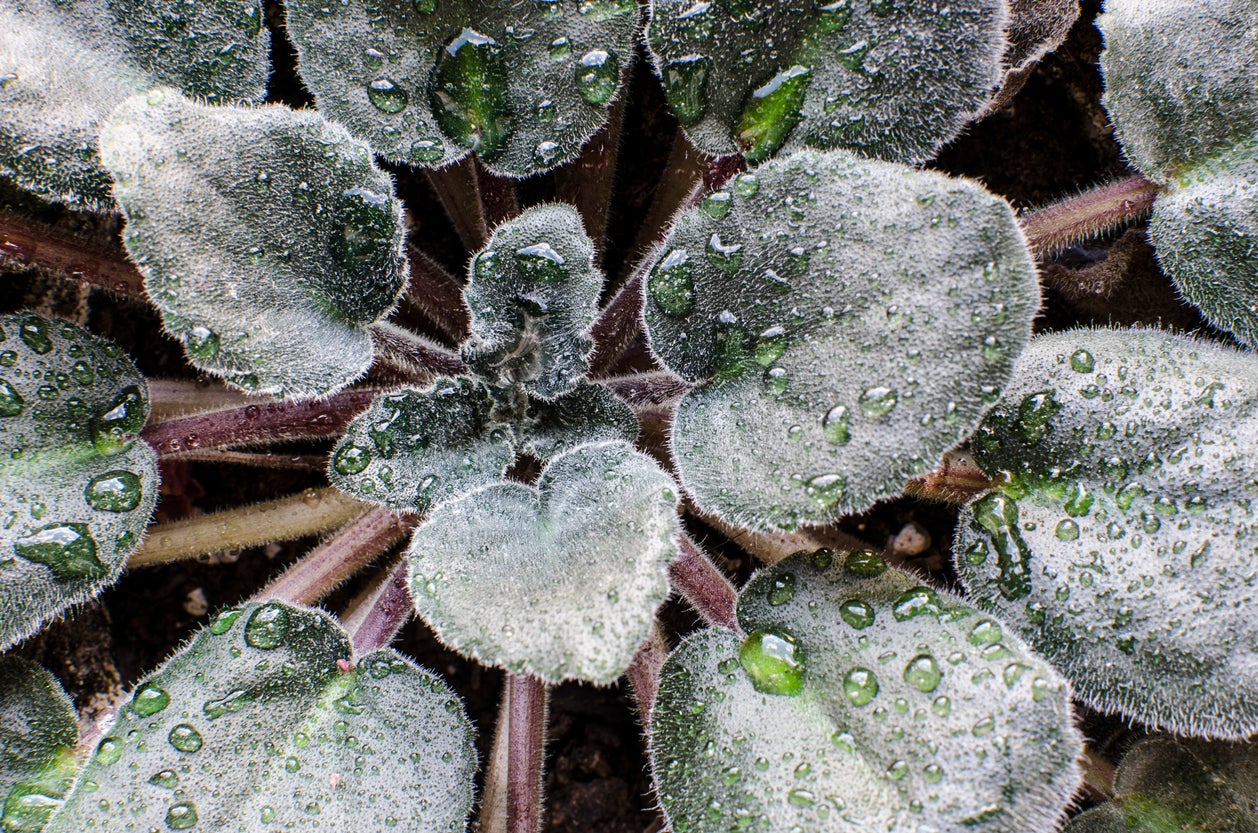 African Violet Watering Guide: How To Water An African Violet Plant
African Violet Watering Guide: How To Water An African Violet PlantWatering African violets isn’t as complicated as you may think. Actually, these charming, old-fashioned plants are surprisingly adaptable and easy to get along with. Wondering how to water an African violet? Click here to learn more about African violet water needs.
By Mary H. Dyer
-
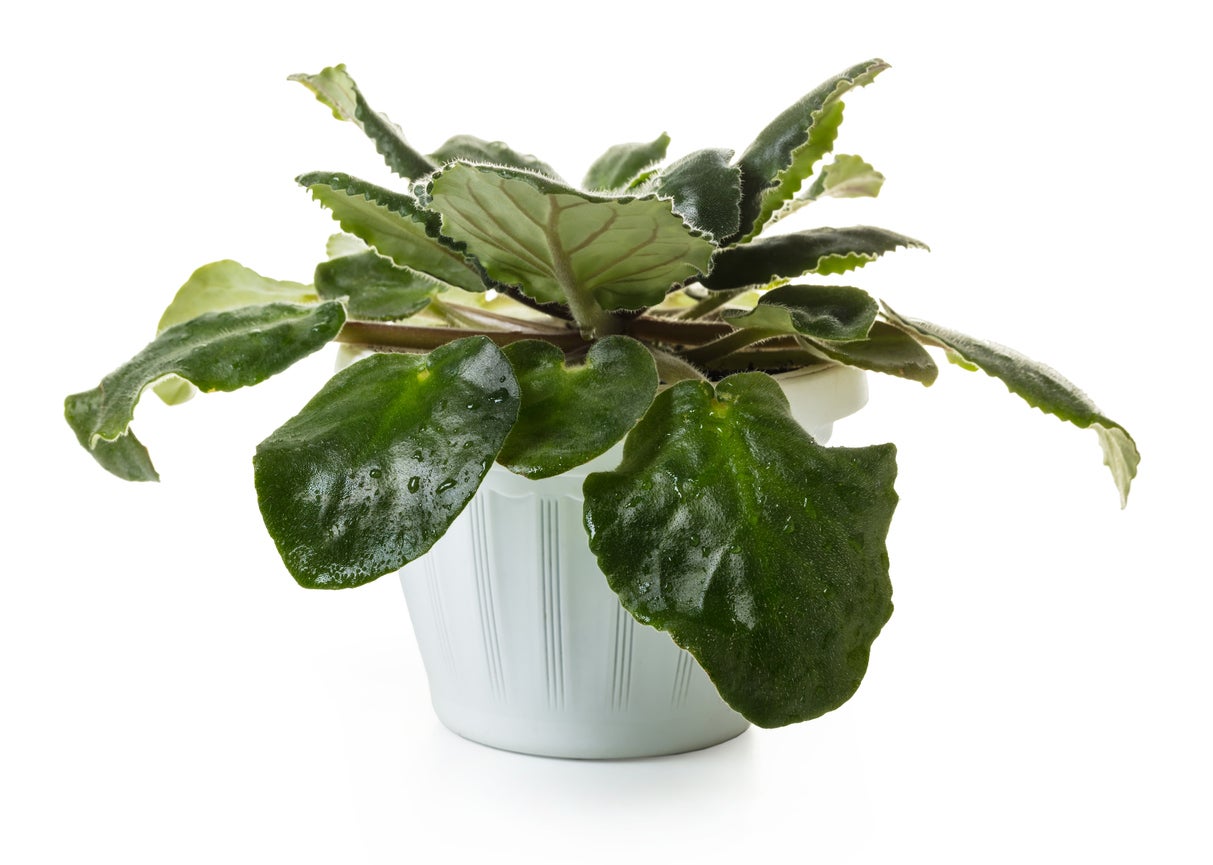 African Violet Leaves Are Curling – What Do Curling African Violet Leaves Mean
African Violet Leaves Are Curling – What Do Curling African Violet Leaves MeanAfrican violets are among the most popular flowering houseplants. But there can be issues with these houseplants. If your African violet leaves are curling, there are a few potential causes and easy solutions. Click this article for more information.
By Mary Ellen Ellis
-
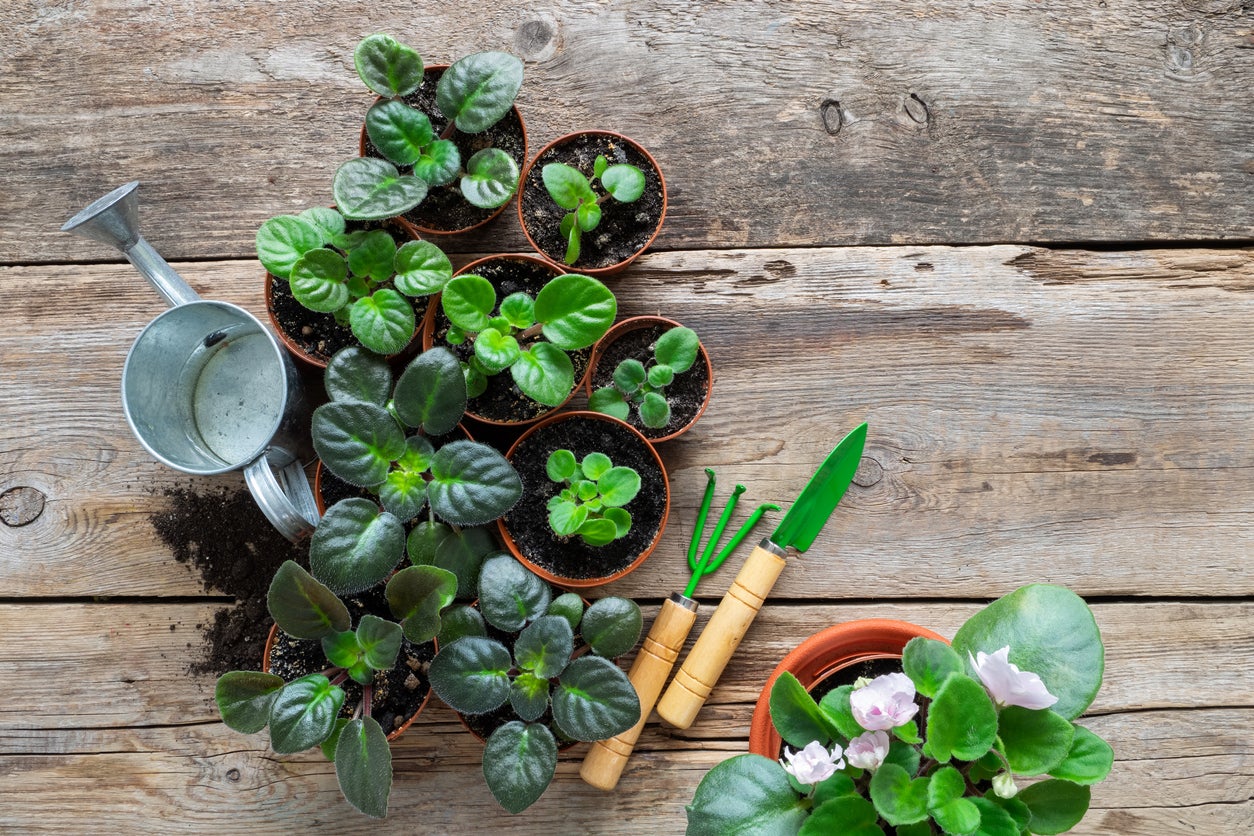 African Violet Repotting – How To Repot African Violets
African Violet Repotting – How To Repot African VioletsAfrican violets can live a long time, as long as 50 years! To get them there, you need to provide good care which includes repotting African violets. The trick is knowing when to repot an African violet and what soil and container size to use. This article will help with that.
By Bonnie L. Grant
-
African Violet Nematode Control: Treating Root Knot Nematodes In African Violet
Nematodes of African violet are tiny worms that infest the roots. They are extremely destructive. For information about African violet root knot nematodes, click this article. We’ll also give you tips on African violet nematode control.
By Teo Spengler
-
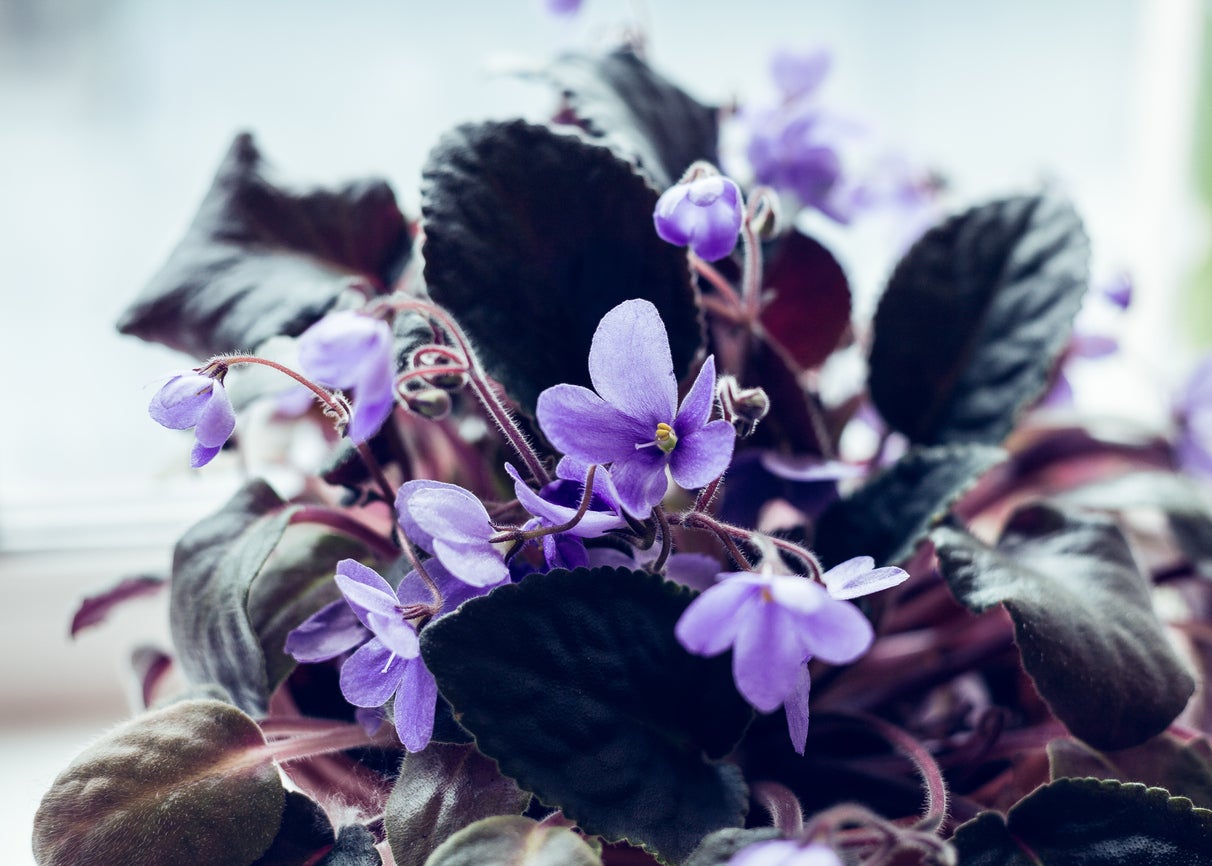 Fertilizing African Violets – Learn How To Feed African Violet Plants
Fertilizing African Violets – Learn How To Feed African Violet PlantsThere are just a few straightforward rules for growing African violets. Water and light needs are two of these, but just as important is how to feed African violet plants. Click on the following article to learn more about African violet feeding.
By Bonnie L. Grant